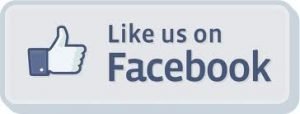An estimated 397,048 surgical hair restoration procedures were performed worldwide in 2014 (a 28% increase from 2012)
- In the United States, 112,409 hair restoration procedures were performed
- In Canada, 5,488 hair restoration procedures were performed o In Mexico/Central & South America, 28,456 hair restoration procedures were performed
- In Europe, 46,849 hair restoration procedures were performed o In Asia, 143,239 hair restoration procedures were performed o In Australia, 3,724 hair restoration procedures were performed o In the Middle East, 56,883 hair restoration procedures were performed
Estimated Surgical Hair Restoration Worldwide Market Size
Based on the estimated number of 397,048 hair restoration procedures performed in 2014, multiplied by the average fee* charged to patients for a procedure, the estimated worldwide market for hair restoration was calculated as follows (expressed here in various currencies).
This is a 28% increase since 2012.
• $ 2,472,332,531 USD (U.S. Dollars)
• $ 3,243,082,197 AUD (Australian Dollars)
• R$ 7,769,181,361 BRL (Brazil Real)
• $ 3,077,386,471 CAD (Canadian Dollars)
• € 2,225,840,977 EUR (European Euros)
• $ 19,166,832,114 HKD (Hong Kong Dollars)
• 158,528,434,200 INR (Indian Rupees)
• ¥ 310,606,552,827 JPY (Japanese Yen)
• ₩ 2,779,470,400,966 KRW (Korean Won)
• $ 38,837,130,025 MXN (Mexican Peso)
• SR 9,271,617,840 SAR (Saudi Riyal)
*The “average fee” charged for a procedure reported by survey participants and used in this calculation represents the overall average fee charged to all patients treated. Since the cost of procedures performed on individual patients may vary depending on the number of grafts and several other factors, the “average fee” as it related to this survey did not represent what all patients would expect to pay for a procedure, and should not be construed as a typical price for a hair restoration procedure.
Extrapolated Number of Hair Restoration Surgical & Non-Surgical Patients Worldwide
The extrapolated worldwide number of hair restoration patients treated in 2014 was approximately 1,055,480 (358,109 surgical patients and 697,372 non-surgical patients) – a 9% increase from 2012
- In the United States, 244,207 hair restoration patients were treated
- In Canada, 21,028 hair restoration patients were treated
- In Mexico/Central & South America, 120,767 hair restoration
- patients were treated
- In Europe, 100,530 hair restoration patients were treated
- In Asia, 427,709 hair restoration patients were treated
- In Australia, 15,867 hair restoration patients were treated
- In the Middle East, 125,372 hair restoration patients were treated
By Age and Gender
- In 2014, 84.7% of all hair restoration surgical patients worldwide were male
- In 2014, 15.3% of all hair restoration surgical patients worldwide were female
- Since 2006, the proportion of female surgical hair restoration patients worldwide increased 11%
- In 2014, 59.9% of all non-surgical hair restoration patients worldwide were male
- In 2014, 40.1% of all non-surgical hair restoration patients worldwide were female
- In 2014, more than half of both male and female surgical patients worldwide fell between the ages of 30 to 49 years old, 58.6% and 54.7% respectively
Trends by Country
Of the estimated 397,048 hair restoration procedures performed worldwide in 2014:
- Mexico/Central & South America experienced the biggest increase in the number of procedures, with 28,456 procedures performed in 2014 (an 82% increase from 2012)
- Since 2006, the number of hair restoration procedures around the world jumped 76 percent by 2014
- From 2006 to 2014, the Middle East saw the largest increase (363%) in the number of procedures
- From 2006 to 2014, Mexico/Central & South America experienced the second largest increase (167%) in the number of procedures
Trends by Recipient Area
From 2012 to 2014, hair restoration procedures performed on non-scalp areas jumped in every category worldwide.
Facial (moustache/beard) procedures increased 196% o Chest procedures increased 170%
Eyelash procedures increased 90%
Pubic procedures increased 62%
Eyebrow procedures increased 52%
- Asia conducted the largest amount of eyelash (1,256), eyebrow (7,515), facial hair restorations (4,199), chest (491) and pubic (706) hair restoration procedures.
- The largest increase in facial hair restoration procedures from 2012 to 2014 occurred in Mexico/Central & South America (814%), followed by Europe (297%).
- When members were asked which of the following non-scalp hair restoration procedure sites males and females were most interested in discussing, the majority of members reported women were most interested in discussing eyebrow procedures (92.2%). Men were most interested in discussing facial (63.8%) or eyebrow (31.5%) procedures.
Notice: Please refer to the full report of the 2015 ISHRS Practice Census, located at:
https://www.ishrs.org/statistics-research.htm.
The objective of the survey was to gather reliable statistics with regard to the volume of hair restoration procedures performed, patient demographics, surgical techniques, treatments used, and other practice dynamics. The margin of error for the sample is plus or minus 4.9 percent at the 95 percent confidence level.
The ISHRS commissioned Relevant Research, Inc. of Chicago, IL, USA, to help develop the survey instrument, collect the data, analyze the findings, and prepare the summary report. Relevant Research, Inc. is an independent survey research company specializing in surveys and statistical programs for professional societies and trade associations. All data collected from ISHRS members was kept completely confidential by Relevant Research, Inc.
The 2015 ISHRS Practice Census is published by the International Society of Hair Restoration Surgery (ISHRS) and is a compilation of information provided solely by participating physicians. The information published in this survey was developed from actual historical information and does not include any projected information. Neither Relevant Research, Inc. nor ISHRS has verified the accuracy, completeness or suitability of any information provided here, and ISHRS does not recommend, encourage, or endorse any particular use of the information reported in this survey. ISHRS makes no warranty, guarantee or representation whatsoever and assumes no liability or responsibility in connection with the use or misuse of this survey.

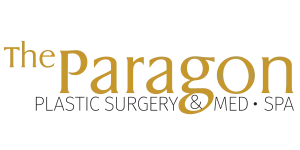
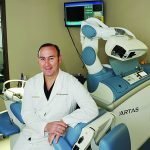
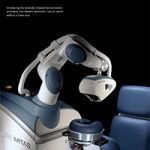
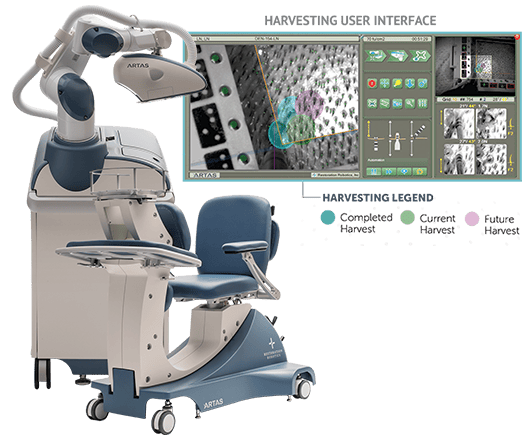
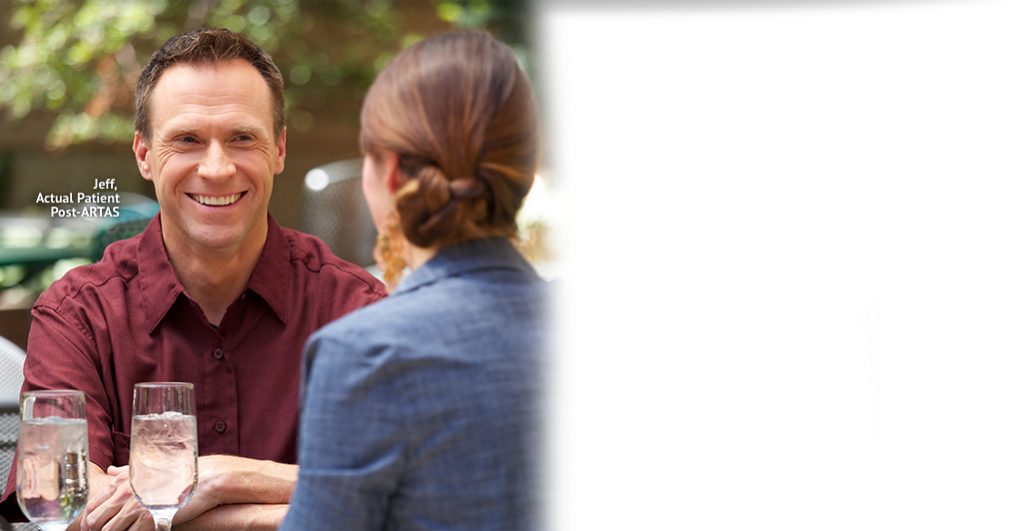
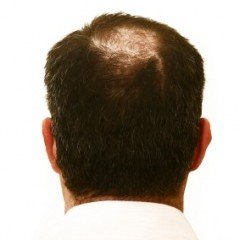 Body Hair Transplantation
Body Hair Transplantation